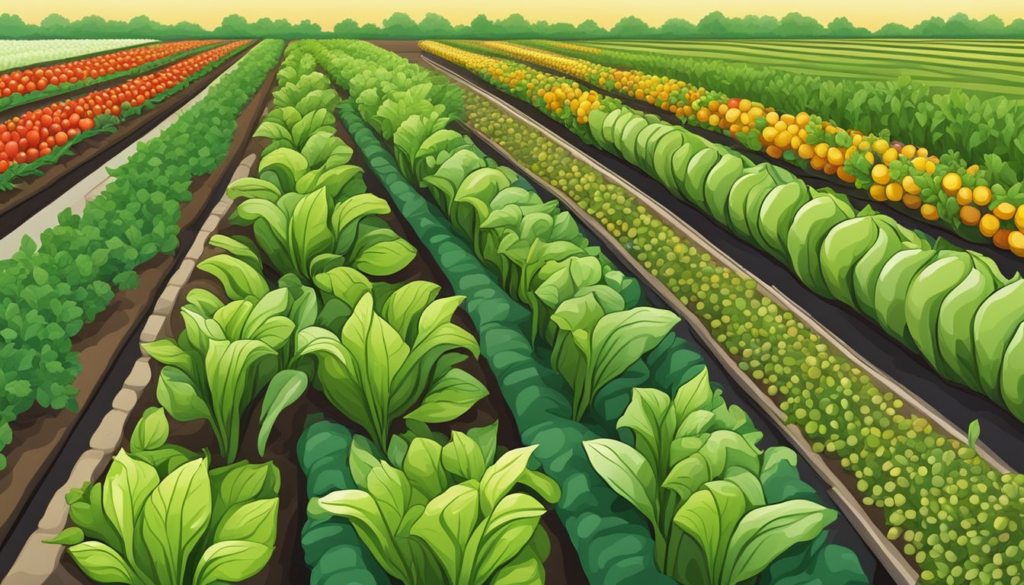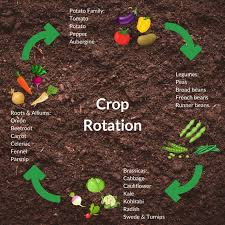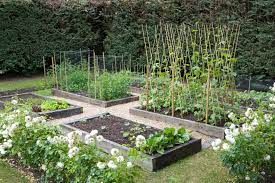Crop rotation is a key element of successful garden planning, especially when designed with long-term soil health and pest control in mind. By shifting plant positions each year, you reduce the risk of soil depletion and minimize the spread of pests and diseases. While crop rotation might seem complicated, it can be simplified into two main methods: rotating by edible parts or rotating by plant family.
The Pitfalls of Rotating by Plant Type
Traditional crop rotation often divides your garden into beds based on the type of edible part of the plant—roots, fruits, shoots, or leaves. While this method is easy to understand, it has significant drawbacks. For example, crops like tomatoes and potatoes, both from the Solanaceae family, are susceptible to the same diseases (e.g., blight). Under this system, tomatoes might rotate into a bed after potatoes, inadvertently spreading disease. Similarly, peas and beans, while beneficial for nitrogen fixation, could still build up pests in the soil if planted in the same bed repeatedly.
A Smarter Approach: Rotating by Plant Family
To address these issues, rotating by plant family is a more effective approach. Plants within the same family share similar nutrient needs and are often susceptible to the same pests and diseases. By grouping plants accordingly, you minimize the risk of disease transfer and improve the rotation’s effectiveness. Additionally, grouping plants by family makes it easier to manage maintenance tasks, such as netting for pest control.
To make crop rotation even more intuitive, you can assign each plant family a color from the rainbow. This color-coded system provides a visual guide to help you plan your rotation.

Crop Rotation Based on the Rainbow
Here’s a color-coded guide to help with your crop rotation, organized by plant family:
| Year | Color | Family | Common Crops |
|---|---|---|---|
| 1 | Lilac | Alliaceae (Onion Family) | Onion, shallot, leek, garlic |
| 1 | Blue | Leguminosae (Pea & Bean Family) | Peas, beans |
| 2 | Green | Brassicaceae (Cabbage Family) | Broccoli, cabbage, cauliflower, kale, kale, turnip, etc. |
| 3 | Yellow | Solanaceae (Nightshade Family) | Potato, tomato, pepper, eggplant |
| 4 | Orange | Umbelliferae (Carrot Family) | Carrot, parsnip, celery, fennel, parsley, etc. |
| 5 | Salmon | Cucurbitaceae (Marrow Family) | Zucchini, cucumber, melon, pumpkin, squash |
| 5 | Pink | Chenopodiaceae (Beetroot Family) | Beets, spinach, Swiss chard |
| Any | Grey | Miscellaneous (Non-Rotation Crops) | Sweet corn, lettuce, basil, okra, etc. |
Each year, plants of a particular color (family) will follow the previous year’s crop in your garden. This rotation order allows the soil to rest and recover, as plants with similar needs are not planted in the same space year after year.

Benefits of the Color-Coded Rotation System
- Pest and Disease Control: This system prevents the accumulation of soil-borne pests and diseases, as crops with similar vulnerabilities are not planted in the same spot.
- Soil Fertility: By rotating plant families with different nutrient requirements, the soil gets a more balanced treatment. For example, legumes enrich the soil with nitrogen, benefiting subsequent crops.
- Simplicity and Clarity: The color-coded system provides a clear visual aid, making it easier to track and plan your crop rotation.
Miscellaneous Crops
Some crops, categorized as “Miscellaneous” (grey), don’t fit neatly into a rotation cycle because they don’t typically suffer from soil-borne diseases. These can be planted in gaps, though it’s still wise to rotate them yearly to reduce any pest buildup. Sweet corn, for example, can be affected by rootworms, so rotating it is important.
With the help of this color-coded crop rotation system, your garden will thrive with reduced pest issues, healthier soil, and optimized plant growth. Plus, many gardening tools, like our Garden Planner, color-code plant families for you, making it even easier to plan and visualize your crop rotation each year.
